
Royal Navy personnel from HM Naval Base Clyde travelled to Eden Camp Museum this week for a commemorative plaque unveiling.
The plaque is dedicated to those that served within the X-Craft and Human Torpedo forces during the Second World War.
At the time, the X-Craft and Human Torpedo missions were deemed top-secret in nature and pushed the boundaries of naval warfare far beyond what was known by many. The innovation stands as a powerful reminder of the human cost of freedom.
Representatives from the Royal Navy and the Museum joined forces to officially unveil the plaque as part of the museum’s permanent X-Craft/Human Torpedo exhibit. Among the representatives for the Royal Navy was Fleet Operational Standards & Training Captain Submarines (FOST Cpt SM), Captain Justin Codd, RN Chaplain Mark Street, Chief David O’Neill, WO1 Mark Harris, and some Submarine Qualification (SMQ) students.
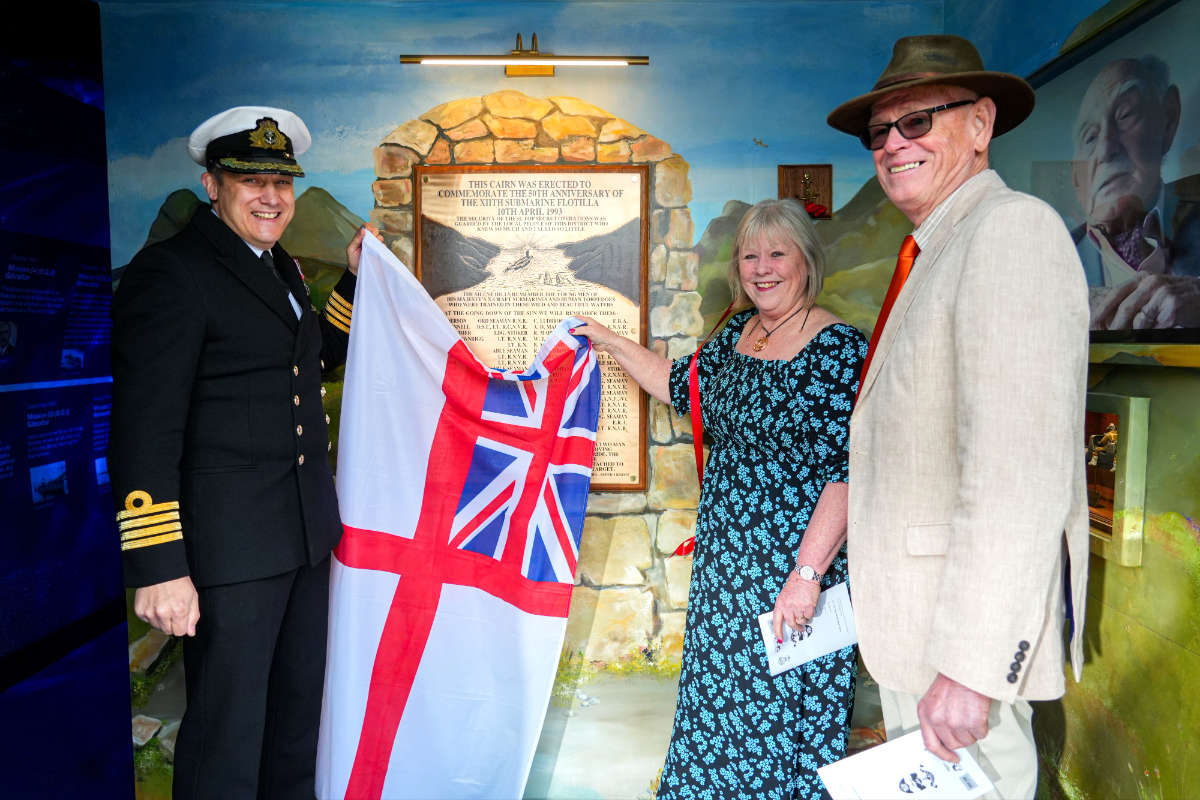
Members of the public attended the unveiling alongside veteran submariners from the Submariner’s Association, and families of those currently deployed. A short service was held by RN Chaplain, Mark Street, and a two-minute silence was observed. A wreath was placed by SMQ’s on behalf of the submarine service, and another was placed by veteran submariners on behalf of the veteran community. The naval prayer was recited.
WO1 Mark Harris said,
“This is a great opportunity for SMQ to bring together past, present, and future submariners, along with families of those deployed, to remember the bravery of those who came before us.”
During the Second World War, a covert operation, dubbed Operation Source, was established to neutralise German warships based in Norway. Commander Cromwell-Varley, Flag Officer Submarines, Max Horton, and PM Winston Churchill formed the idea, with attacks taking place in September 1943 and lasting for around six months.
Port Bannatyne on the Isle of Bute is where the 12th Submarine Flotilla, RN shore-based establishment was based and where their attacks were directed from. Named Varbel after the two designers of the X-Craft prototype, Commander Varley and Commander Bell, the headquarters used to be a luxury hotel on the island. Training for their attack missions were conducted further up in Kylesku, Sutherland.
Often deemed suicide missions, X-Crafts would pull along human torpedoes and see two men man the weapons. Dubbed charioteers, they would manoeuvre the torpedo to where it needed to strike and manually detonate the weapon. There were no specified timings, countdowns, or room to clear the explosion. Throughout the operation, many lives were lost.
On a cairn at Kylesku, the plaque was originally dedicated at the training centre to those that served in this operation. However, over time the plaque began to fade, and funds were raised through charities to have it replaced. At the rededication SMQ Instructor, PO Paul Hogg, managed to salvage the old plaque and hand it over to Chief David O’Neill – SMQ’s very own fix it man – who rescued and rejuvenated it.
After being introduced to the Eden Camp Museum through, WO1 Mark Harris, and their discovery of the new X-Craft and Human torpedo exhibit, they decided that it was the best place for the plaque to go. The plaque now sits at the rear of the exhibit and ties the exhibition together, nicely.
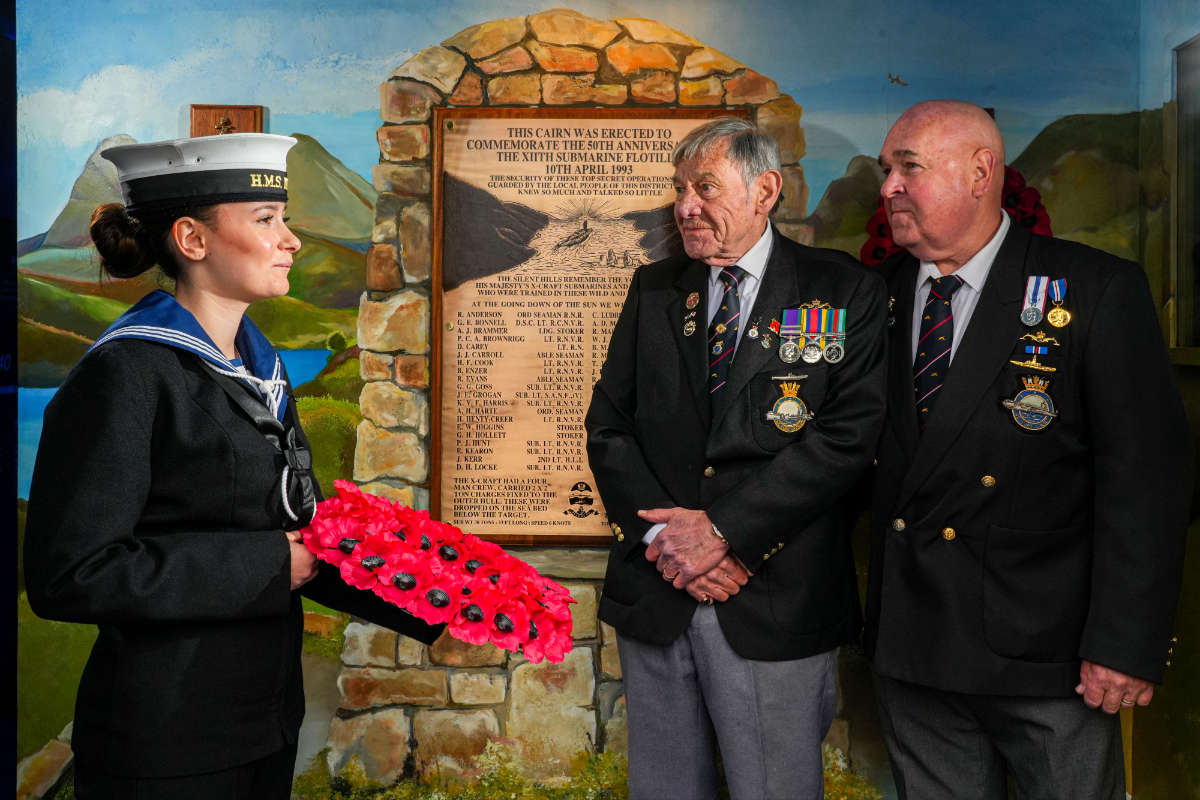
Summer O’Brien, Collections & Engagements Manager at the museum, said,
“Curating this exhibition has been both deeply rewarding and incredibly educational. Discovering the immense sacrifice and extraordinary bravery these men demonstrated during covert missions – often unrecognised – has been truly moving. I am especially proud to now include this plaque in the exhibition, serving as a lasting tribute to these courageous young men.”
The plaque is a reminder of the human stories that were behind this operation.
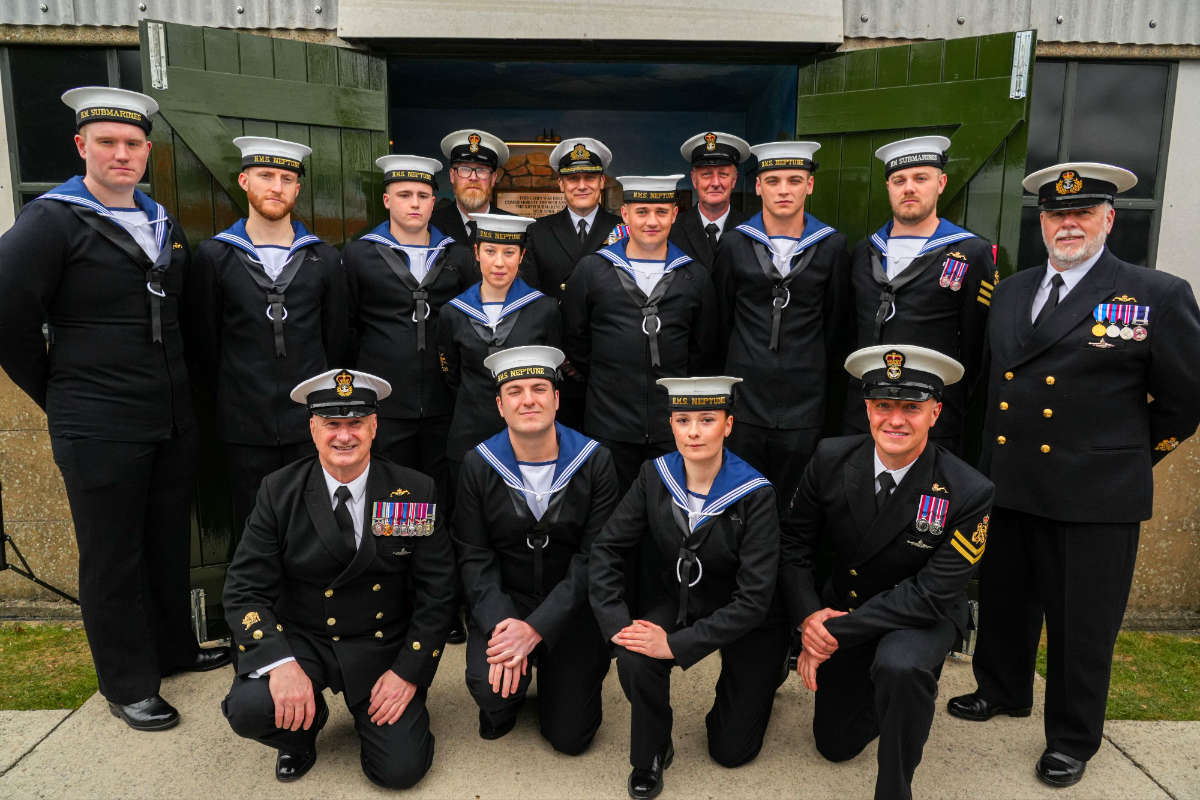
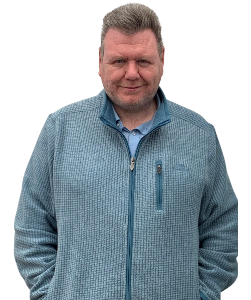


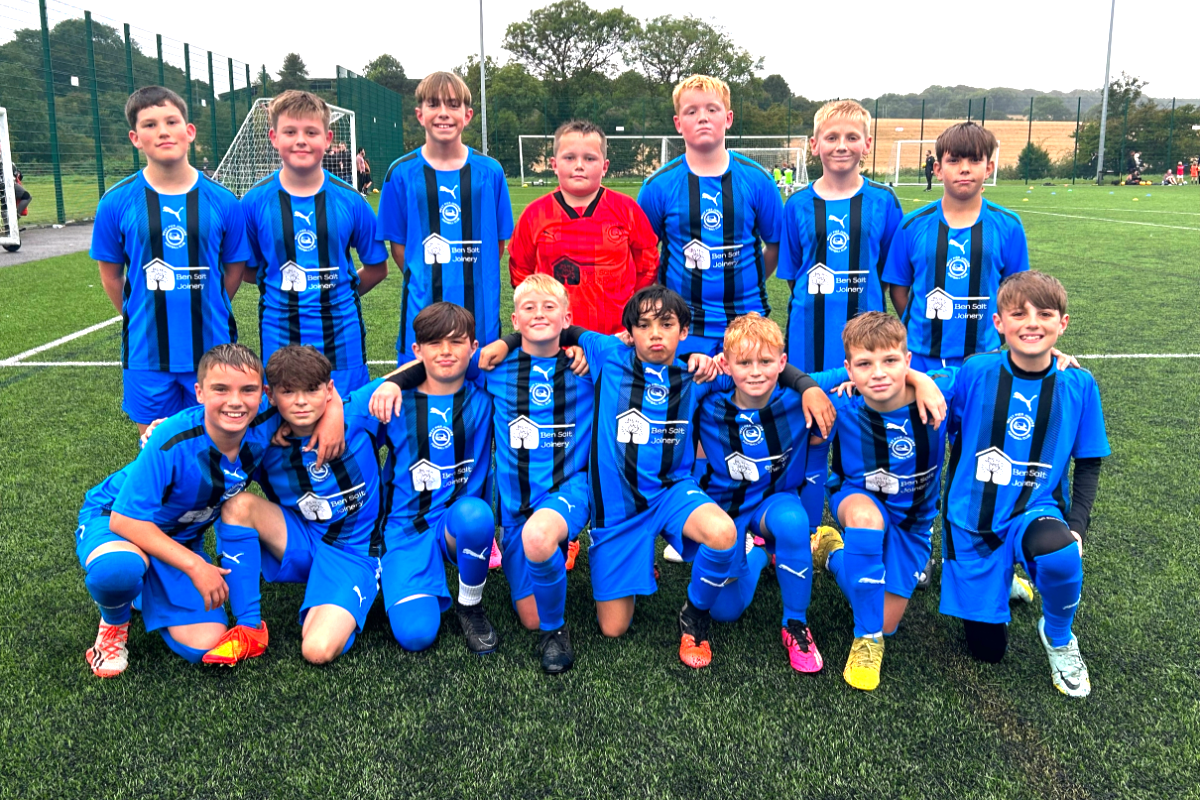 West Pier Chair's Fears Scarborough Junior Football League Will Fold
West Pier Chair's Fears Scarborough Junior Football League Will Fold
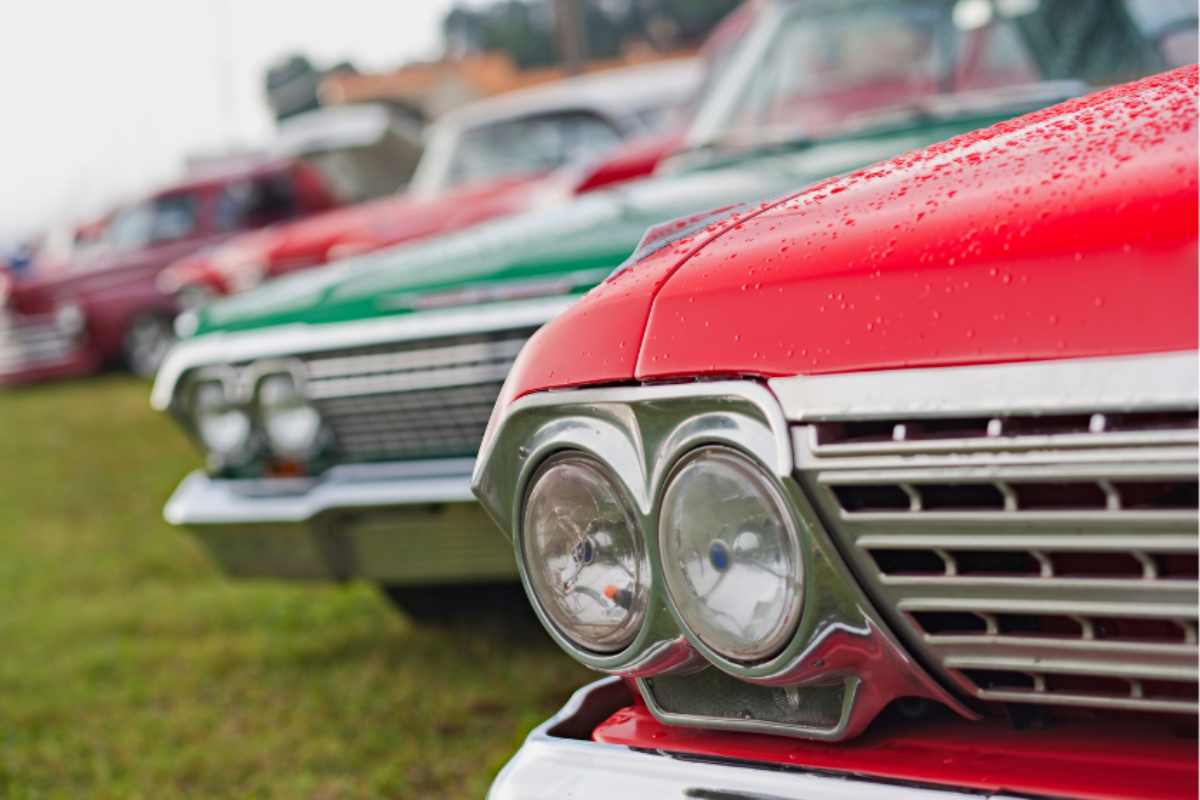 Classic cars Out In Force For Pickering's 26th Jorvik Run
Classic cars Out In Force For Pickering's 26th Jorvik Run
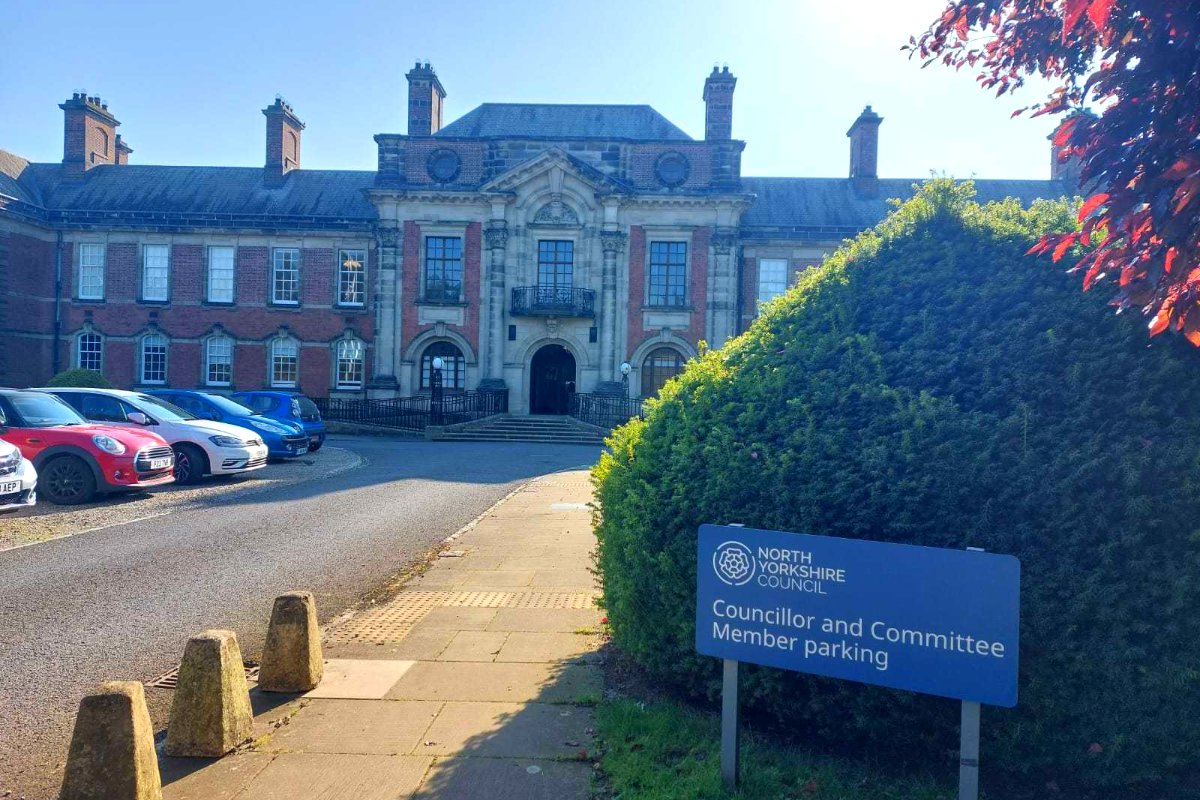 North Yorkshire Council Accused of Face-Saving
North Yorkshire Council Accused of Face-Saving
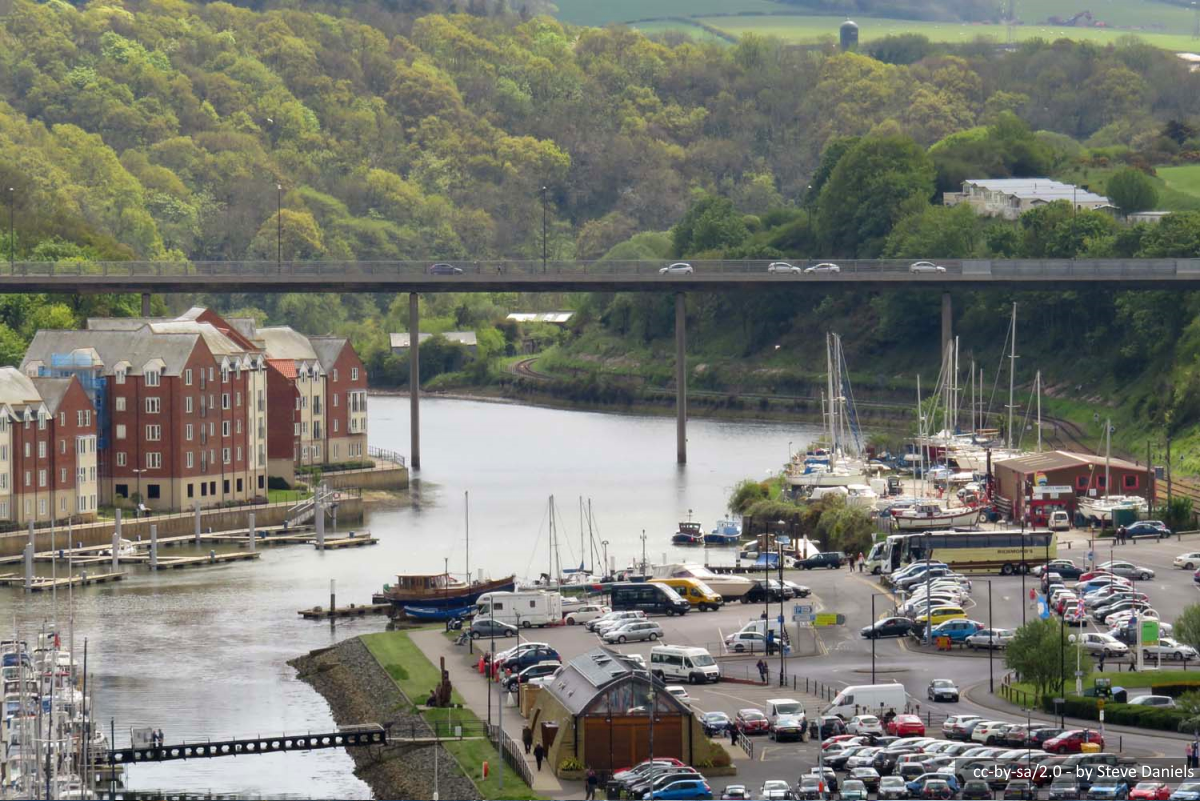 Cyclist Loses Consciousness After Whitby Collision
Cyclist Loses Consciousness After Whitby Collision
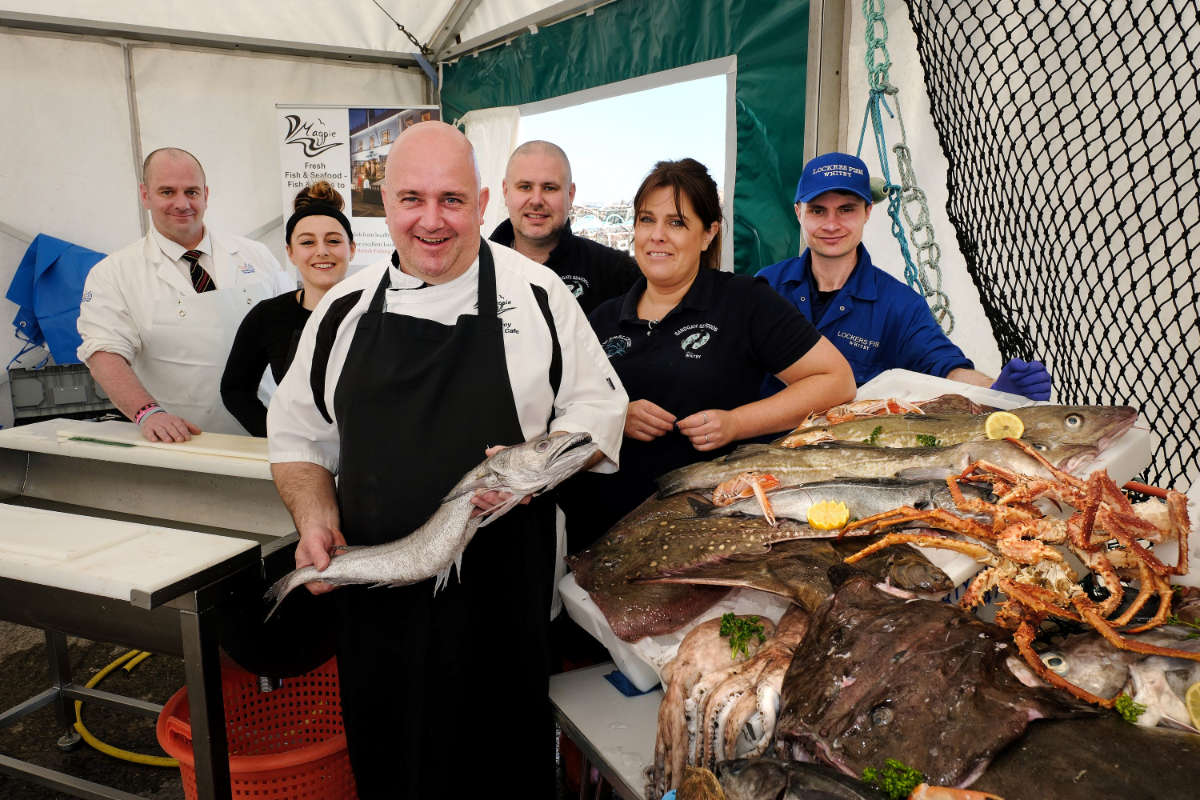 Fish And Ships Festival Returns To Whitby
Fish And Ships Festival Returns To Whitby
 Bridlington Hosting UK's Largest Martial Arts Seminar
Bridlington Hosting UK's Largest Martial Arts Seminar
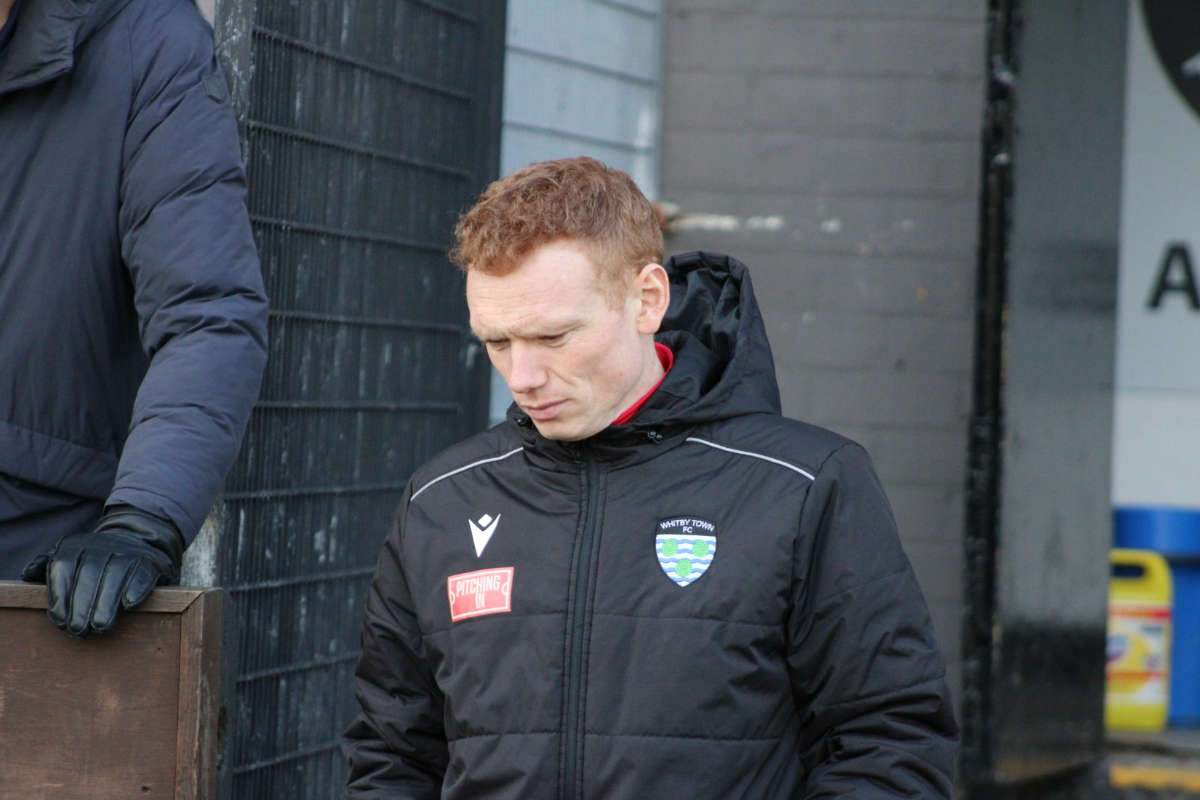 Ex-Seadog Signs For Whitby Ahead Of New Season
Ex-Seadog Signs For Whitby Ahead Of New Season
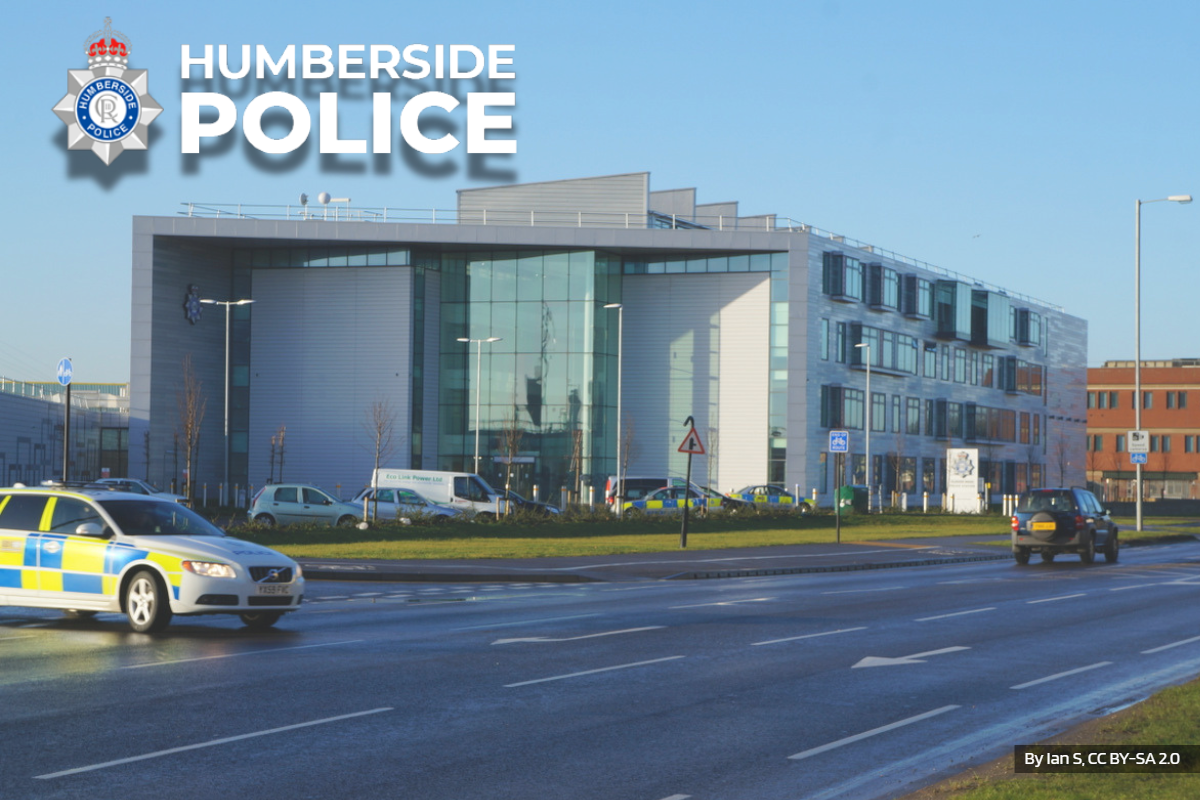 East Riding Indecent Exposure
East Riding Indecent Exposure
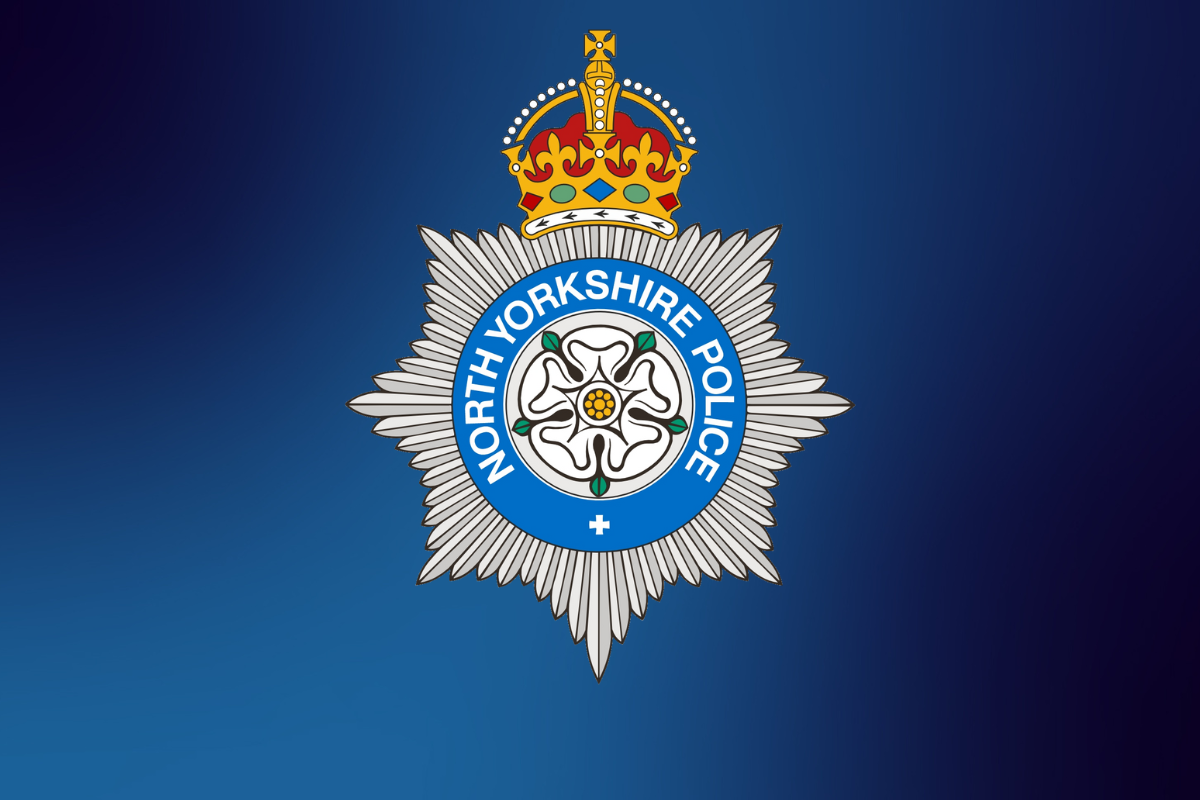 Police Appeal After Whitby Burglary
Police Appeal After Whitby Burglary
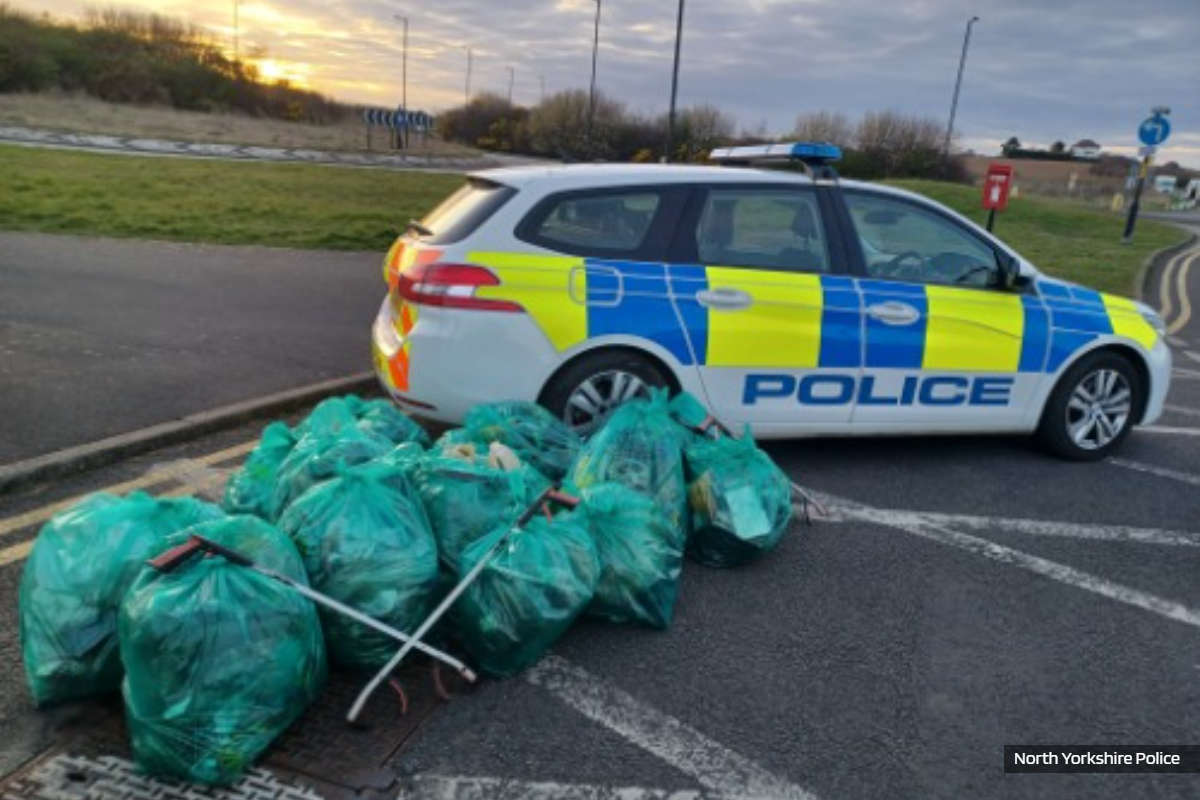 Authorities Team Up To Clean Up Scarborough
Authorities Team Up To Clean Up Scarborough
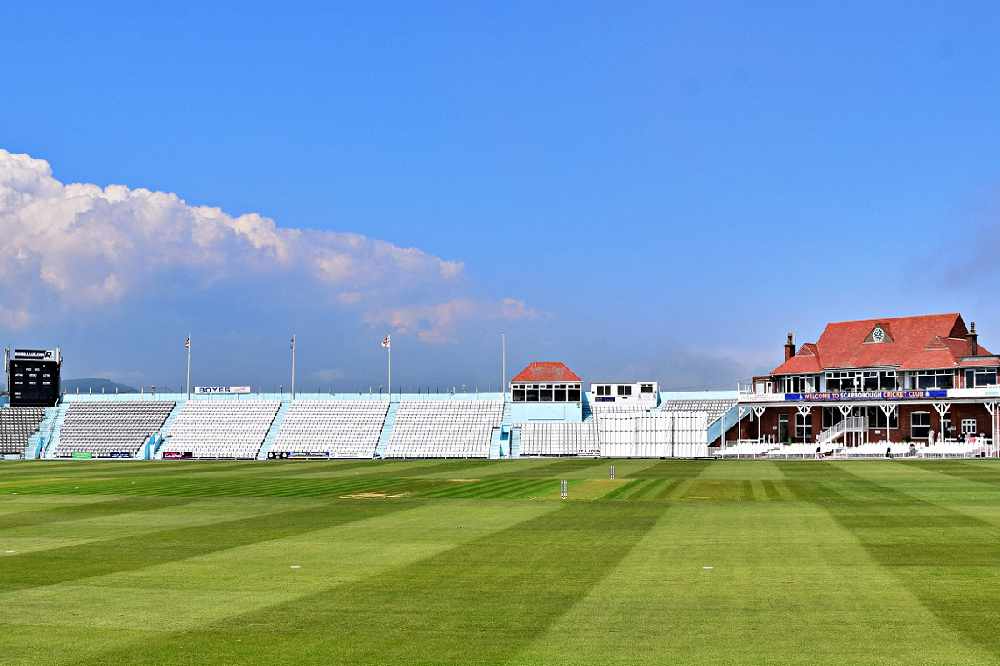 Yorkshire Coast Cricket Action Returns
Yorkshire Coast Cricket Action Returns
 Scarborough Town Centre Next Store to Close as Seamer Road Expansion Approved
Scarborough Town Centre Next Store to Close as Seamer Road Expansion Approved








Comments
Add a comment